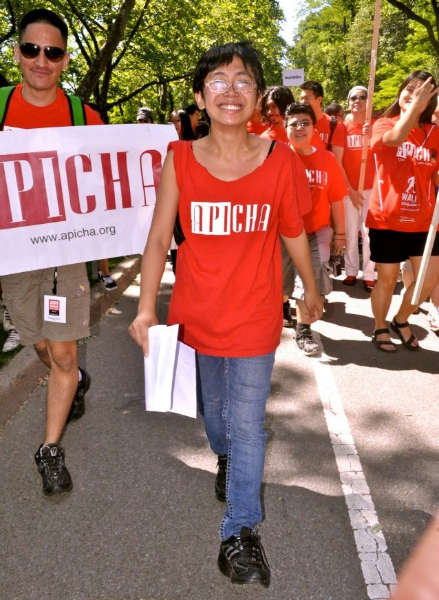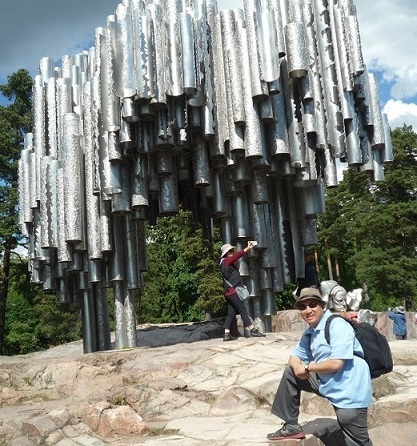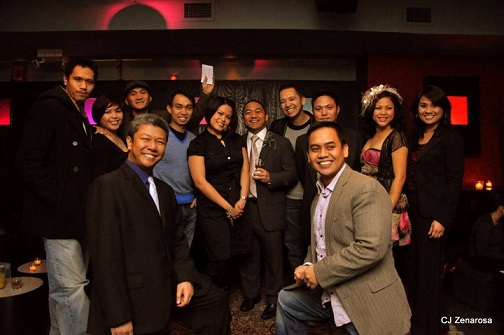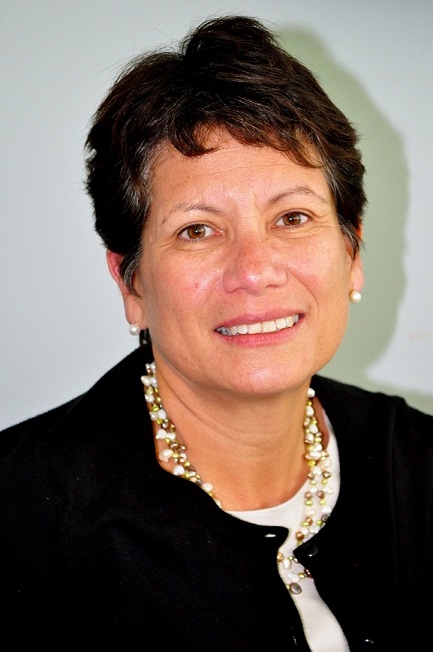Scientist Katherine Luzuriaga ‘very honored’ that Filipinos are proud of her (Part 1)
By Elton LugayWhen Dr. Katherine Luzuriaga discovered a cure for an HIV-infected infant, Filipino Americans also discovered that rare and distinguished scientist within their community.
Bacolod-born Luzuriaga, one of Time Magazine’s 100 Most Influential People in the World, grew up in the Philippines. She came to the U.S. for college, attending the Massachusetts Institute of Technology for her bachelor’s and master’s degrees in Science followed by a medical degree from Tufts University. At the University of Massachusetts Medical School (UMMS), she currently holds the folowing positions: Professor of Pediatrics and Molecular Medicine, Chief of the Division of Pediatric Immunology and Infectious Diseases, and Associate Provost of Global Health.
“I came here as a college student,” she said when interviewed by The FilAm at her office at the UMMS in Worcester. She’s never left.
The second of six children, she comes from a large family that has remained in the Visayas. Her father went to school in the U.S. and worked here for many years, eventually returning to his family in the Philippines.
“My father is an engineer, so is my grandfather. From them, I got my love of math and science,” she said.
Her mother was a nurse, who had a love for volunteer work.
“We saw from her, her love of serving others. So I think the combination of the encouragement of science and math from my father and seeing my mom work as a nurse, I think were very strong inducements to pursue a career in medicine,” she said.
Home has always been Massachusetts, from the time she set foot in the U.S. in the 1980s. She married a local man and they have two sons, stopping there and requesting to keep her family life private.
“It’s been a very nice place to live,” she said of her home state. “The only that I will complain about is the winter. After all these years, I still haven’t gotten used to the cold weather.”
The Filipino has remained in her culinary taste (“I eat Adobo, Lumpia and Pancit Luglug”), but admitted to losing grasp of the language. “It’s been so long,” she said.
In the following interview, the first given to a Filipino American publication, Luzuriaga explained the research that won her team the TIME Magazine honors. When it was suggested that their study may be worthy of a Nobel Peace Prize, her face formed into a warm smile. “We certainly are happy with regards to the impact that this particularly case has made. But usually Nobel prizes are given for lifetime or substantial body of work. That’s a fantastic thing to be mentioned but we have to put this into perspective.”
She acknowledged feeling “very honored and very flattered” that the FilAm community was proud of her accomplishment.
TF: How did you come to specialize in the study of HIV, especially the area of mother-to-child transmission?
KL: A couple of reasons: I became very interested in viral immunology because on my second year of medical school, the first cases of AIDS were described. I found that very fascinating. Not too long after that, they identified the virus. I decided to pursue that and I did training in pediatrics and infectious diseases.
When I came here for my fellowship training in the late 1980s we started to see increasing numbers of women and their children who were infected with HIV. And unfortunately, the tempo of progression was much more rapid in children than in adults. So we were losing a lot of those children pretty quickly. So that was a real motivation: 1) to try to find ways to prevent mother-to-child transmission or 2) to come up with better ways to treat babies that were infected.
NEXT: Cure for HIV/AIDS ‘still a ways away’












